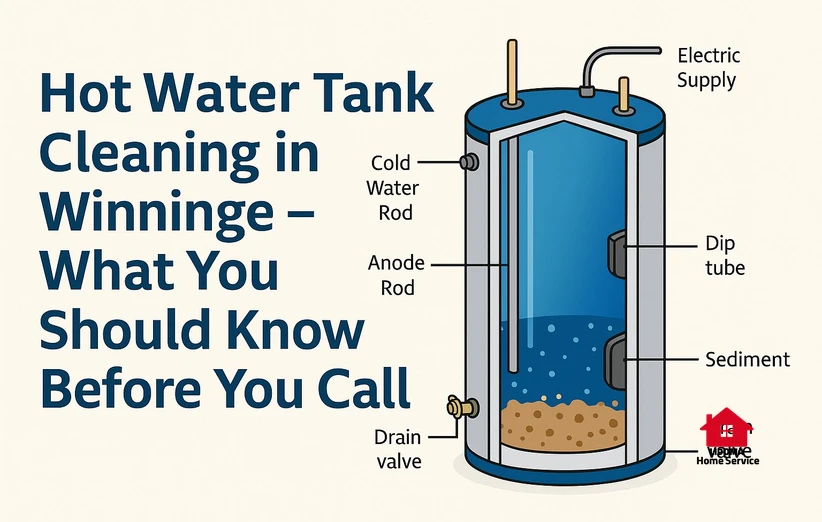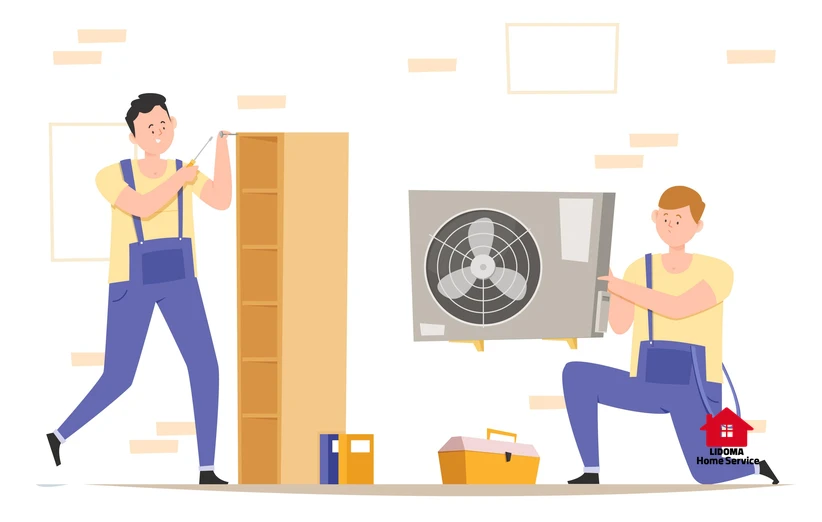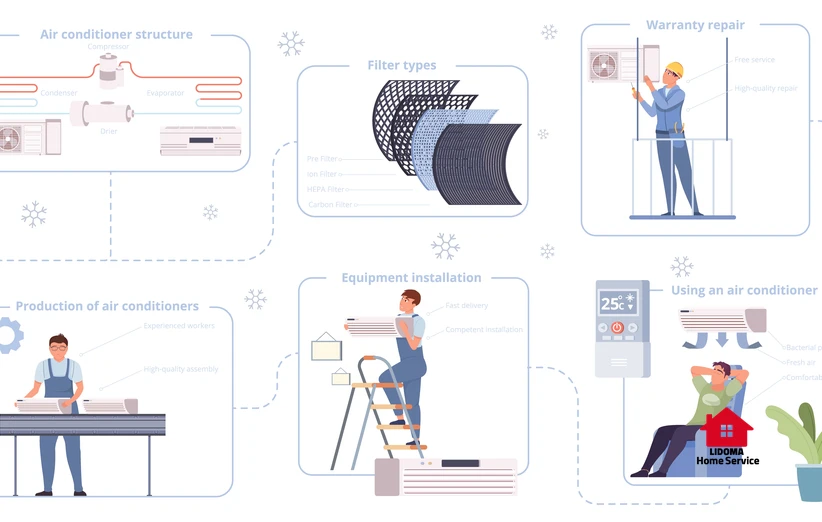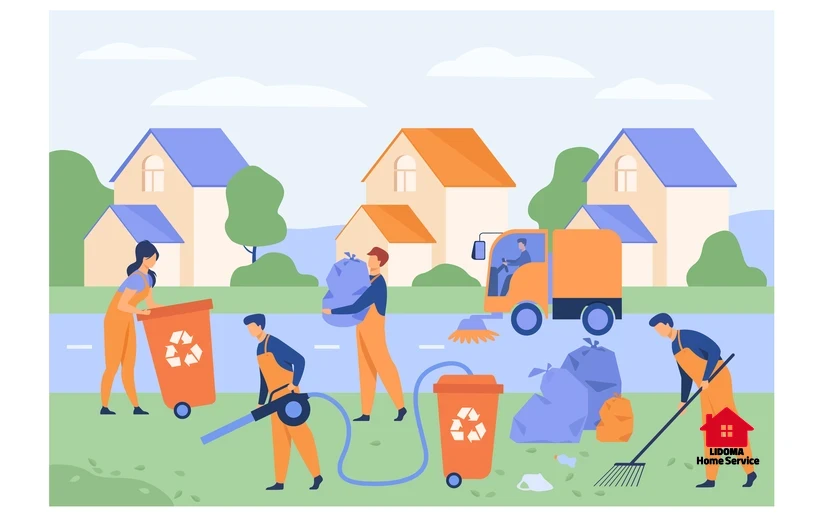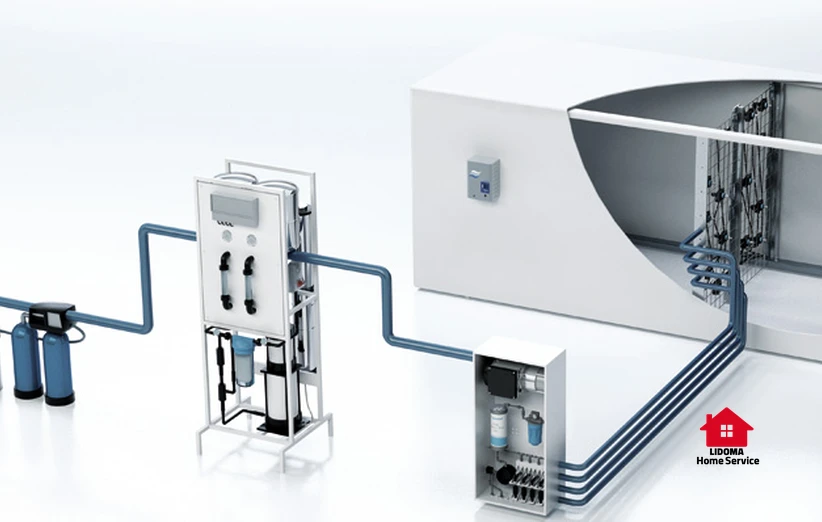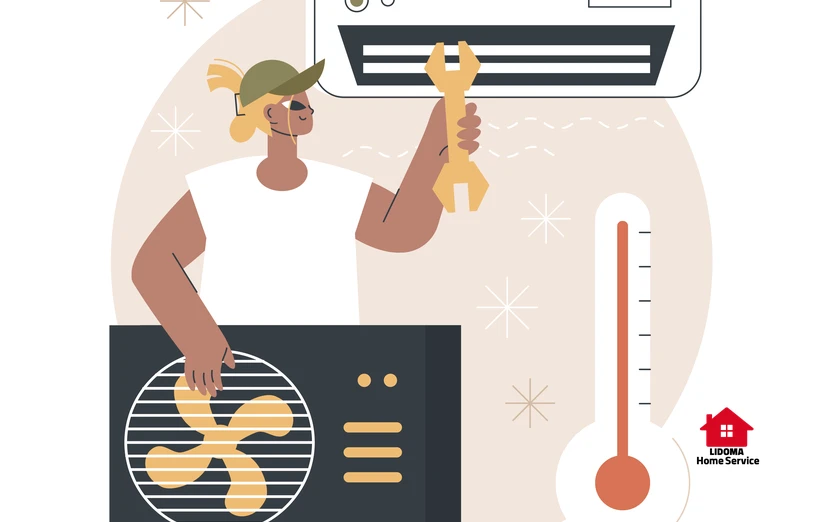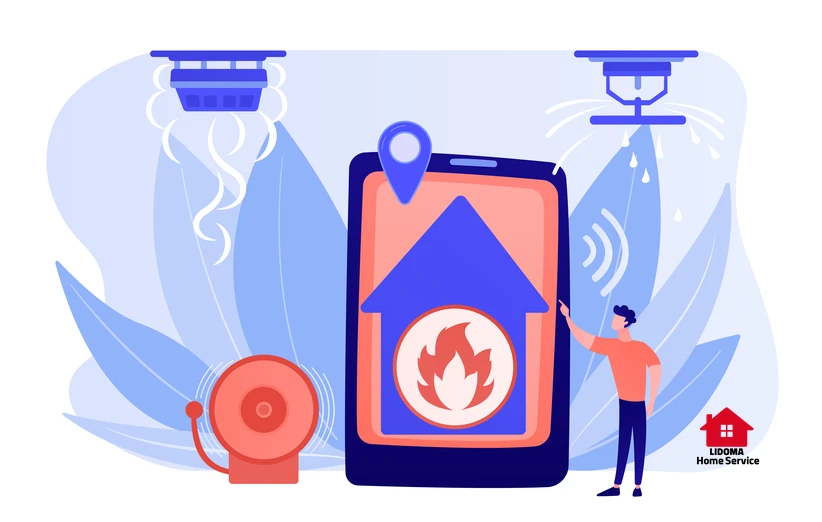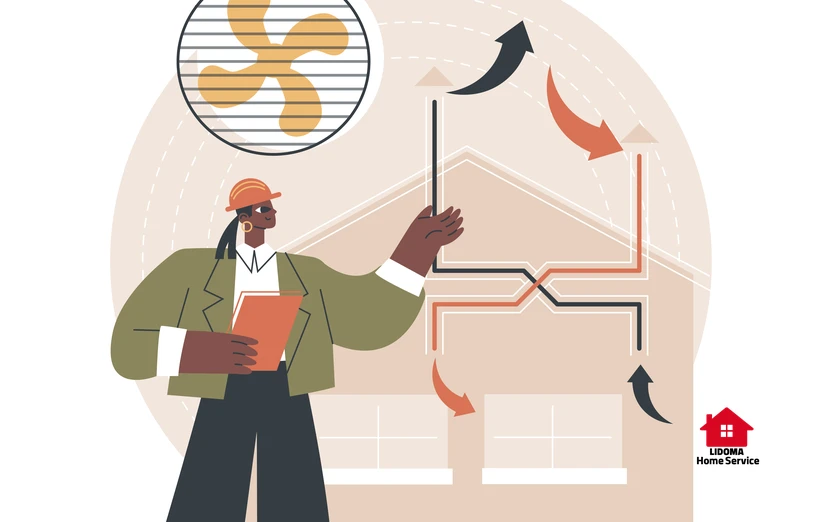Hot Water Tank Cleaning in Winnipeg
What You Should Know Before You Call
Why flushing — not scrubbing — is the right way to maintain your hot water tank, how to spot problems early, and what to expect from a professional service in Winnipeg.
Why a Hot Water Tank Is Different from Other HVAC Equipment
Hot water tanks are sealed pressure vessels designed to store and heat water safely. They are fundamentally different from furnaces, ducts, or air handlers:
- Tanks are coated (glass or enamel) to resist corrosion; scraping or opening the tank can damage that protective layer and accelerate leaks and failure.
- Internal parts — anode rod, dip tube, heating elements — are engineered to work together. Aggressive “cleaning” risks damaging these items.
- Sediment and mineral buildup are expected; the manufacturer-approved and safe method to remove it is flushing, not physical scrubbing.
This distinction matters in Winnipeg because our water hardness and seasonal extremes mean tanks endure heavier mineral deposits and thermal stress.
What “Flushing” Actually Is — The Correct Maintenance
Flushing safely removes sediment without exposing the interior tank surface or risking damage:
- The technician turns off power/gas, connects a hose to the drain valve, and drains the tank until clear water runs out.
- For heavy sediment, partial refills and repeated drains help loosen deposits.
- The anode rod and drain valve are inspected; if the anode is badly corroded it will be recommended for replacement — often the single most valuable maintenance item.
- Electric units may have heating elements inspected; gas units include a burner/pilot inspection.
Benefits of regular flushing:
- Restores heating efficiency (reduces fuel/electric costs).
- Reduces popping/rumbling noises caused by trapped steam under sediment.
- Extends tank life by preventing overheating and corrosion.
- Lowers the chance of rusty water and improves water quality.
Common Signs Your Hot Water Tank Needs Attention
If you notice any of these symptoms, schedule an inspection — don’t attempt to “clean” the tank yourself:
- Popping or rumbling noises during heating (steam pockets under sediment).
- Rusty or discolored hot water — anode rod may be depleted or tank corroding.
- Reduced hot water capacity or water runs out faster than before.
- Leaks or moisture around the tank base (possible corrosion).
- Frequent cycling of the heater or unexpectedly high energy bills.
Early action often prevents emergency replacement during Winnipeg’s cold months.
Quick, Safe DIY Checks Before You Call
These short checks help you prepare for the technician and may avoid unnecessary service visits:
- Visually inspect the temperature & pressure (T&P) relief valve for leaks (don’t remove or tamper with it).
- Run a small amount of hot water into a clear glass to check for discoloration or sediment.
- Listen for loud popping when the heater runs.
- Check the pilot light on gas units or the circuit breaker for electric units if no hot water.
- Note the tank’s age — many tanks older than 10–15 years are closer to replacement.
Never open the tank or remove the anode unless you’re trained; mishandling can cause leaks or safety issues.
What to Expect from a Professional Service (LIDOMA Home Services)
When you book a hot water tank inspection and flushing with LIDOMA Home Services in Winnipeg, our licensed technicians typically provide:
- Safety shutdown: power/gas off and safe working setup.
- Full drain and flush procedure to remove sediment.
- Inspection of the anode rod, dip tube, drain valve, and heating elements.
- Recommendations and quotes for any parts (anode, valve, element) or full replacement if required.
- Re-commissioning and test for correct operation and efficiency.
- Written report and maintenance advice to extend your tank’s life.
We follow manufacturer guidelines to protect your tank and your home.
Cost Considerations & Tank Lifespan
- Flushing service only: generally an affordable maintenance visit; final price depends on accessibility and whether parts are replaced.
- Anode rod replacement: low cost, high value — can add years to your tank’s life.
- Tank replacement: recommended when there is significant corrosion, leaks, or when the tank is beyond useful life (often 10–15 years).
Regular flushing and timely anode replacement are the most cost-effective ways to avoid emergency replacement.
Practical Recommendations for Winnipeg Home
- Schedule a professional flush every 1–3 years, depending on water hardness and household usage.
- If your area has hard water, consider a water-softening or conditioning solution to reduce mineral buildup.
- Keep a service record — knowing when the anode was last replaced or when the tank was flushed helps technicians give better advice.
- If your tank is older than 10 years and showing signs (rust, leaks, poor heating), get a replacement quote — replacement before failure avoids emergency disruption in winter.
FAQs — Quick Answers
Can I scrub or ‘clean’ the inside of my hot water tank?
No. Scrubbing or opening the tank damages protective coatings and increases failure risk. Flushing is the safe, approved method.
How often should I flush my tank?
Typically every 1–3 years. Hard-water homes should flush more often.
Will flushing fix rusty water?
Flushing can reduce sediment-related discoloration; if rust persists anode replacement or tank replacement may be needed.
Can flushing be done during winter?
Yes — a professional follows procedures to avoid freezing risks and ensures safe restart.
Final — When to Call LIDOMA Home Services
If your hot water heater is noisy, rusty, or losing capacity — don’t attempt risky “cleaning” methods. Book a safe, professional inspection and flush with LIDOMA Home Services. We’ll inspect, flush, and recommend the right fix to keep your home warm and water reliable all year.
Book a service or request a quote: visit https://lidomahomeservices.ca/
